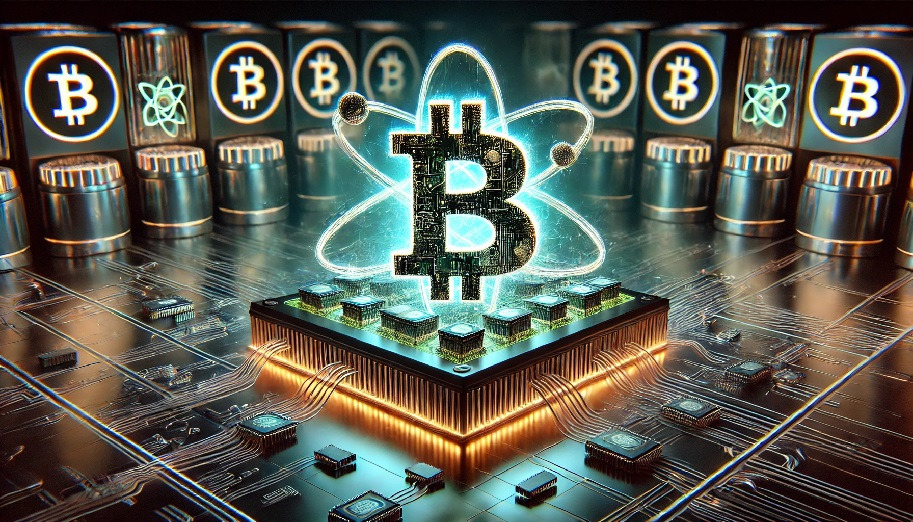Bitcoin on the Brink of a Quantum Leap
The world of Bitcoin mining may soon enter a new era, comparable to the “atomic age,” as quantum computing technology advances. While today’s quantum computers are still experimental, recent breakthroughs in quantum chip technology and hybrid artificial intelligence functions have led to rapid progress, surpassing the expectations of many scientists.
The Challenge of Quantum-Resistant Cryptography
One of the main challenges in the industry is developing quantum-resistant cryptographic solutions. Fears that quantum computers could break standard encryption have driven the creation of new protocols and encryption standards. However, this is not the only threat quantum technologies may pose to the blockchain industry.
Quantum Algorithms and Bitcoin Mining
Although it may take several more decades to build a universal quantum computer capable of outperforming supercomputers in most tasks, there are already machines that can demonstrate quantum supremacy in specialized algorithms. One such algorithm is Grover’s algorithm, which could theoretically be used for blockchain mining.
Bitcoin mining is based on the concept of proof-of-work, which requires solving cryptographic puzzles. As computers and mining algorithms become more efficient, the difficulty of these puzzles increases, maintaining the blockchain’s stability and decentralization. If a computer were created that could solve all puzzles too quickly, their difficulty would continue to rise.
Theoretically, the upper limit of these cryptographic puzzles’ difficulty, known as the “target” in mining terms, is at 2 to the power of 256. According to current scientific understanding, even a universal quantum computer cannot perform the necessary calculations to solve this problem.
Bitcoin’s Built-In Protections
Bitcoin’s creators, including Satoshi Nakamoto, anticipated a future where computers would become more powerful, potentially threatening Bitcoin’s decentralization. In response, certain protective mechanisms were introduced.
In 2008, the first Bitcoin block was mined using a standard processor equivalent to a Pentium 4. The next block was mined six days later, after which a rule was established that each subsequent block should be mined approximately every 10 minutes. Over time, miners moved from CPUs to GPUs, and then to ASICs (application-specific integrated circuits) designed for solving SHA-256 encryption tasks.
Despite all these hardware improvements, the network still aims to keep the block mining time at around 10 minutes.
The Next Frontier: Quantum-Classical Hybrid Mining
The next milestone in the mining industry could be quantum-classical hybrid setups. By using Grover’s algorithm, miners with sufficiently reliable quantum computers could significantly increase mining efficiency. This wouldn’t change the block mining time, but it could render conventional mining equipment obsolete, much like current ASICs did to previous hardware generations.
However, there are many obstacles on this path. First and foremost, quantum computers have not yet reached the necessary level of maturity. But mining does not require a fully universal quantum computer. A hybrid setup, where classical hardware interacts with a quantum chip performing high-level algorithmic functions, would be sufficient.
There are also cloud-based quantum solutions that eliminate the need to develop your own quantum computer, offering quantum computing services as “quantum as a service,” optimized for running Grover’s algorithm.
Conclusion
Quantum technologies could radically transform the Bitcoin mining industry, but significant technical and scientific challenges remain before this becomes a reality.



